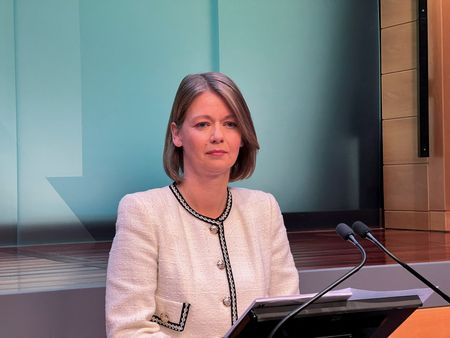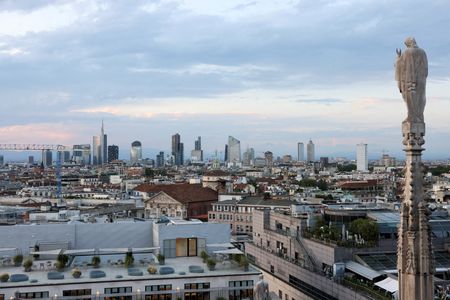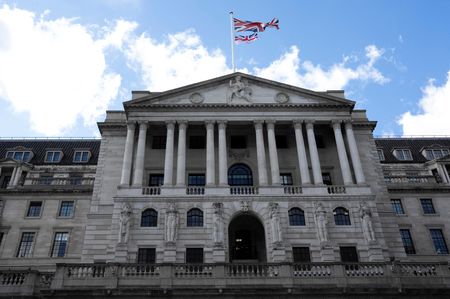By Terje Solsvik
OSLO (Reuters) – Norway’s central bank is nearing its first interest rate cut in five years, although keeping inflation in check will require a higher cost of borrowing than for much of the last decade, Norges Bank governor Ida Wolden Bache said on Thursday.
Unlike other Western central banks, most of which began easing policy last year as growth slowed and inflation declined, Norges Bank has kept its benchmark rate at a 17-year high of 4.50% and said it would wait until March this year before cutting.
“We are approaching the time when we can ease monetary policy a little, but a restrictive stance is still needed,” Bache said in an annual address before business leaders and government officials.
“And we must be prepared for a higher interest rate level than we had been accustomed to over the past decade,” she added.
Norges Bank last cut rates in May of 2020 and has since hiked 14 times, each time by a quarter percentage point.
Norges Bank in December forecast three rate cuts to 3.75% by the end of 2025, but it is set to update this view next month along with its March 27 policy announcement.
Norway’s core rate of inflation in January unexpectedly rose to 2.8% from 2.7%, above the central bank’s target of 2.0%, limiting the scope for rate cuts, economists have said.
The governor on Thursday warned that rising global protectionism, including tariffs imposed by U.S. President Donald Trump on China and other nations, could hurt Norway’s economy.
“A full-out trade war where all countries raise tariffs in unison could act as a global cost shock and lead to lower economic activity and higher inflation,” Bache said.
For the time being, however, it remains unclear what global trade will ultimately look like and the impact on Norwegian inflation and interest rates is thus uncertain, she added.
Separately, Bache said policymakers in Norway should consider changing the ethical rules of the country’s $1.8 trillion wealth fund so that it can invest in major weapons makers.
(Reporting by Terje Solsvik; Editing by Hugh Lawson)









